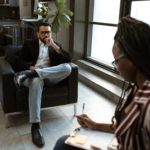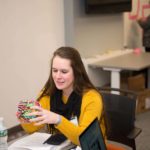What’s Next for the Field Building Collaborative and Our Call to Action
Making the change we seek requires changing hearts and minds about what is reality and what is possible. For so long making and digital fabrication has been viewed as reserved for the privileged few. Through the work of our organizations, FBC is changing that. But we cannot do it alone. Changing the STEM equity narrative through digital fabrication and making requires listening to others, that is, seeing them, hearing them, and learning from them. Knowing the stories of others is transformative.
FBC encourages all organizations in the field to engage in storytelling as a tool for equity in their organizations and in the field through their advocacy, programming, and operations. To help you get started in reaping the benefits of the transformative power of storytelling, the resources to all of the tools we used throughout the process are available for downloading here.














